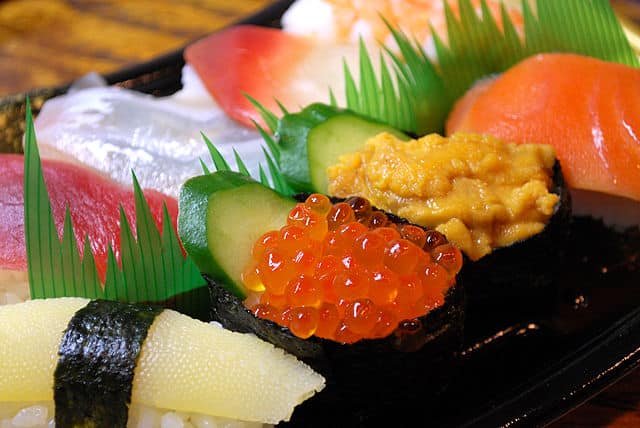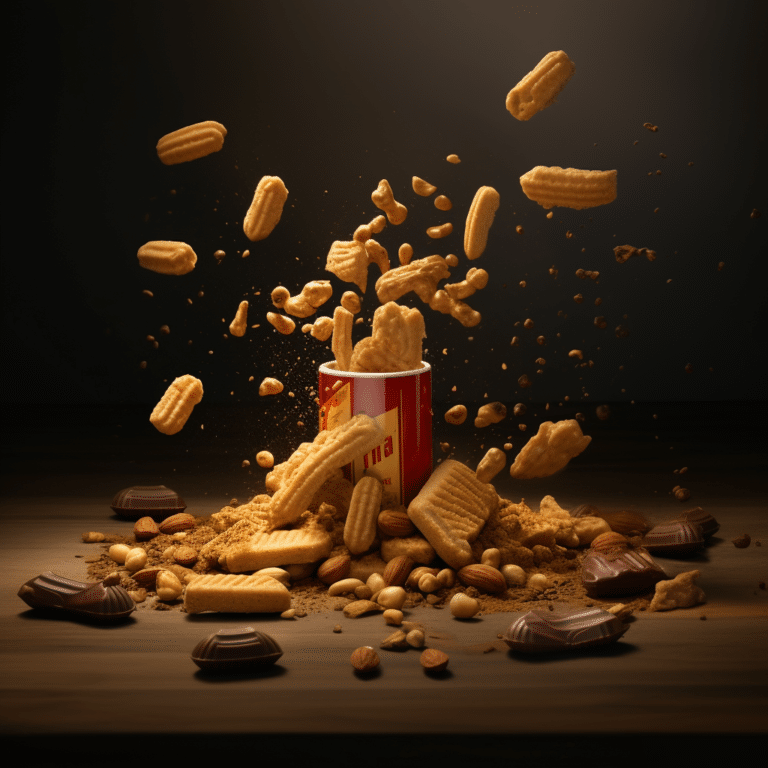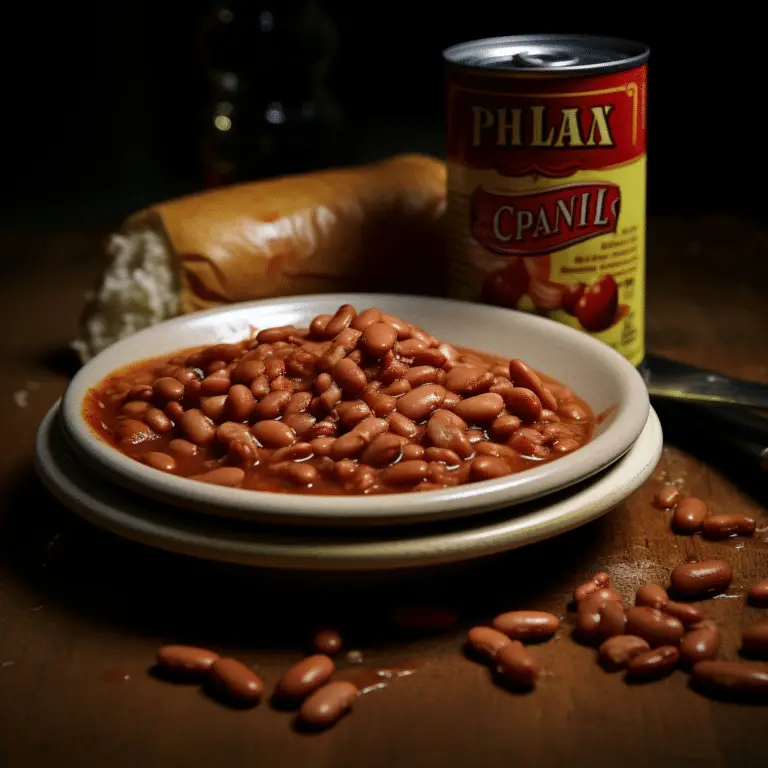Can You Eat Sushi with Braces? Tips for Enjoying Sushi Safely
Yes, you can eat sushi with braces. A few weeks or months after fixing braces, you are likely to experience sensitivity and tingling sensations in your teeth. With such feelings, you are likely to get worried about what to eat or not eat.
Sushi is soft and safe to eat when you have braces. People fix braces for divergent reasons, and at times you will make a few sacrifices as you fix your dental issues, such as avoiding hard foods and brushing or flossing after every meal. T
o better understand how you can keep your braces safe as you eat sushi, this article will look at why fix braces, what is sushi, and tips on maintaining the braces safely as you enjoy your meals.
Why Braces
People fix braces to correct dental issues. The result will be worthwhile, but you may make a few sacrifices and adjustments to your meals. Some of the reasons people put places are cosmetic, while others are life-saving. Some of the reasons include;
- To straighten crooked or misaligned teeth.
- To align or sort jaw problems.
- To prevent tooth loss.
- To lower the risk of abnormal wear of the enamel.
- To prevent tooth decay and gum diseases.
There are different types of braces divided into five main categories; metal, ceramic, lingual, self-ligating, and clear aligners. These braces have different strengths, and your orthodontist will advise you on foods to eat and avoid depending on the type of braces, but generally speaking, sushi is safe for all types of braces.
What Is Sushi
When somebody talks of sushi, most people have this picture of fish served raw in Japanese cuisine. Well, this is a myth that has gained root in society. Sushi is a popular Japanese dish. Sushi originated from Japan but has spread widely in most regions worldwide. Traditionally it was made of vinegared medium-grain white rice, but with modifications, it can be cooked with brown or short-grain rice. Other ingredients of sushi are sugar, salt, and raw seafood such as tuna and salmon. Vegetables such as seaweed are also added to the sushi dish.
Types Of Sushi
There are four main ways of serving sushi;
- Maki; This is the most common type of sushi. It consists of rolled rice or seaweed cut into small pieces and served cold.
- Sashimi consists of salmon or tuna slices served with sushi rice.
- Nigiri. When making nigiri, you mold sushi rice into small-sized pieces, place fish pieces on top, and tie them with a ribbon of seaweed.
- Chirashi is similar to sashimi, but the rice is covered in vinegar.
How To Eat Sushi With Braces
Sushi is a rice dish that is generally soft and safe to eat when you have braces. However, if the other ingredients are chewy or tough, they could damage the braces. Below are some tips that can guide you when eating sushi with braces.
Go For Soft, Non-Sticky Foods
The rule of thumb in maintaining your braces is to go for soft foods. Chewy and crunchy foods could damage the bridges in your braces. When choosing a sushi dish, opt for one with soft ingredients. Sushi can be sticky, but it’s not that bad for your braces. Ensure you brush after your sushi meal to remove any sticky particles.
Small Sizes
You should cut your sushi into small sizes. When in a restaurant and find the dishes are uncomfortably big, request a knife and slice them into smaller pieces. Huge chunks could fill your mouth and push the braces out of place due to the pressure you exert on them. Chew them slowly to prevent pressure on the braces and choking.
Brush and Floss After Every Meal
With braces, you need to brush after every meal. Food particles are most likely to get stuck on the braces requiring you to remove them through brushing. If food particles or sugars are left on the braces for a long time, they will start decomposing and could cause tooth decay and gum diseases.
They could also mess up your breath. When going out, pack a soft-bristled toothbrush and mild mouthwash you can use after your sushi treat.
Avoid harsh toothpaste, mouthwash, or hard bristled toothbrushes as they can ruin your braces. Brush for two minutes, then gargle to ensure you have removed all food particles that might have stuck.
Avoid Biting With Front Teeth
After fixing braces, try to always bite with the side teeth. If you bite food with the front teeth, you could push them, weakening the bridges. At first, it might feel weird, but as you get used to it, you will get comfortable.
Avoid Hot Foods
Avoid hot foods with braces as the high temperatures could damage them. Opt for warm or cold meals. Sushi is often served cold or slightly warm and is therefore suitable when you have braces. The rice used to make sushi should be fresh to avoid food poisoning.
Avoid Hard Foods
Hard foods damage your braces. It is particularly worse in the first few weeks of fixing. Foods such as tough meat on the bone, corn on the cob, caramel, taffy, gum, licorice, and crunchy vegetables are not suited for braces. You could take smoothies, noodles, pasta, rice, mashed potatoes, scrambled eggs, and burgers.
Storing Sushi
Where possible, cook an amount of sushi you can clear in one meal. Rice and meat can harbor harmful bacteria that cause food poisoning. If you have leftovers, refrigerate them immediately. They should not sit out for more than two hours in cool weather and one hour in the hot season. Reheat once after removing it from the refrigerator.
In conclusion, you can eat sushi with braces. Furthermore, it is often served in cold, small-sized pieces, safe for your braces. However, you should brush and floss after having your sushi meal.






